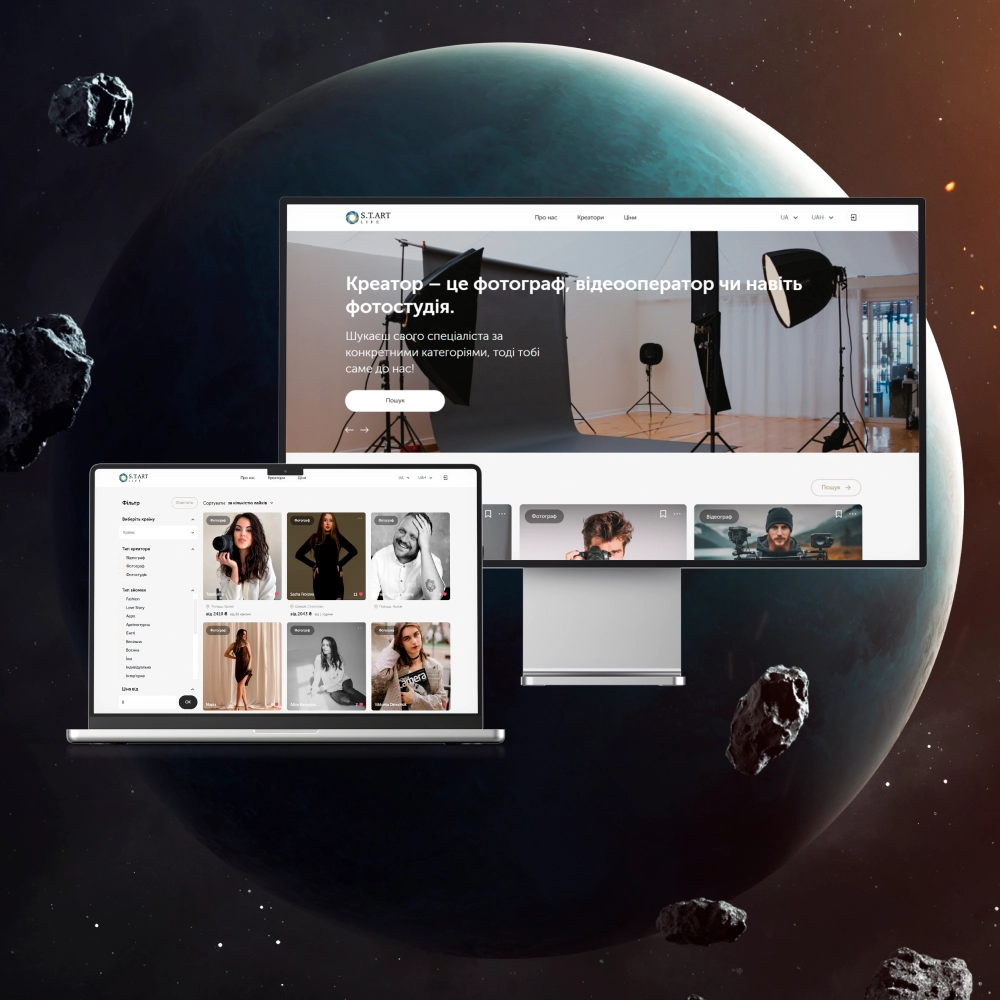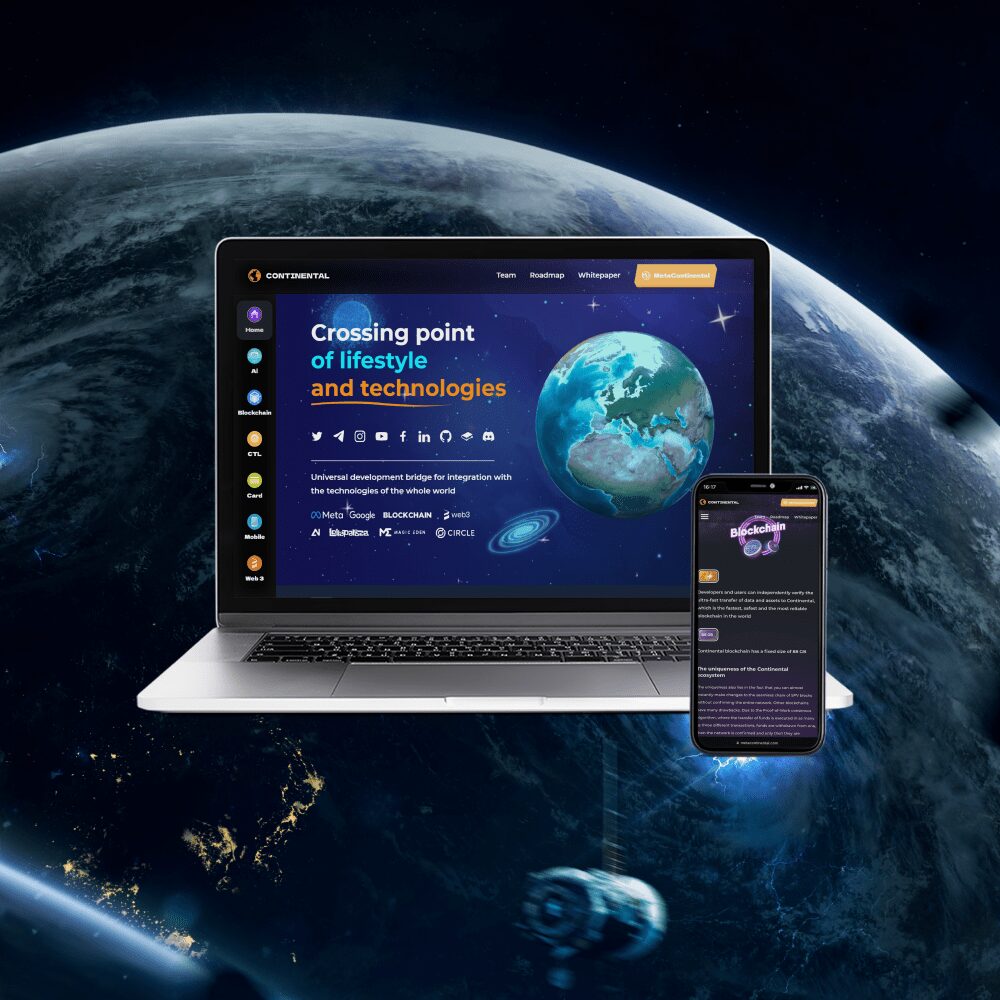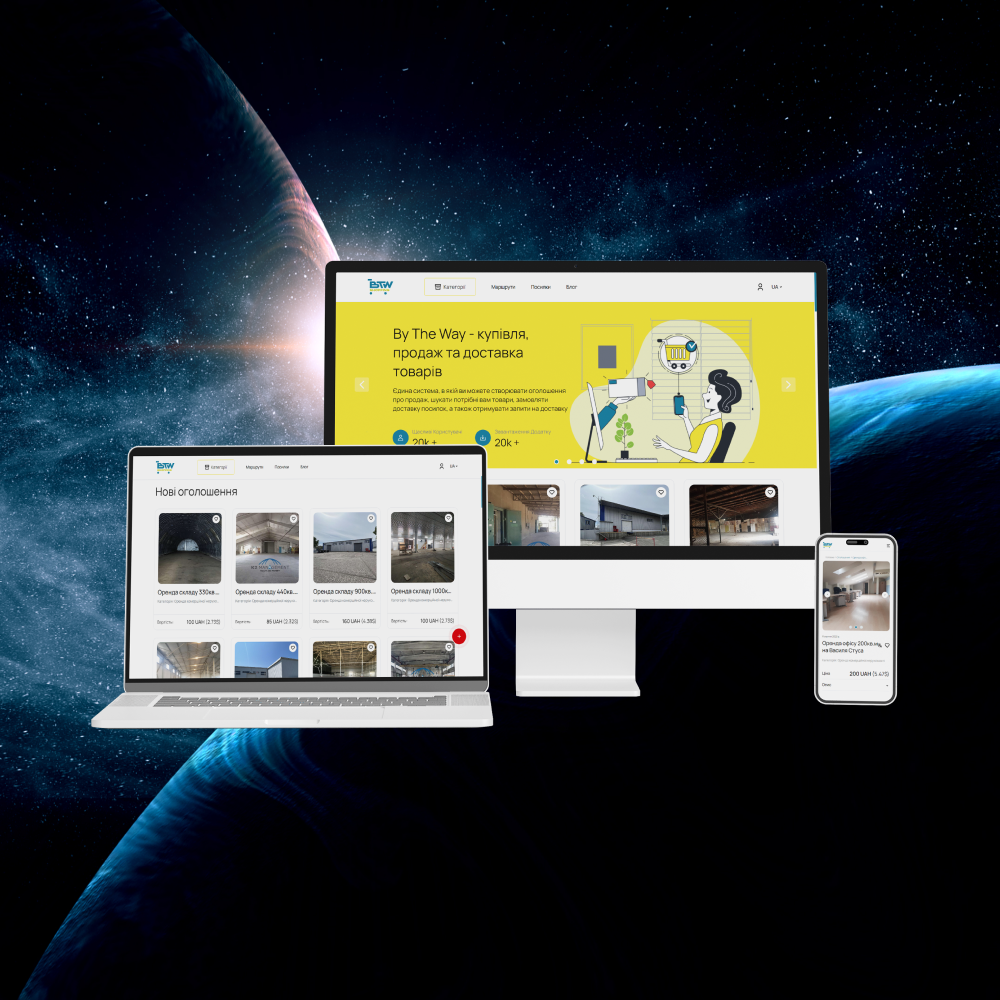Implementation of neural networks in the field of design
Implementation of neural networks in the field of design
NEURON NETWORKSImplementation of neural networks in the field of design NEURON NETWORKS
Neural networks and artificial intelligence algorithms have been used in design for a long time. Thanks to them, specialists can make routine processes more efficient, and instead of performing monotonous work, they can focus on finding new ideas and high-quality solutions.
In this article, we will look at practical use cases for neural networks in design and what impact the introduction of technology has on the industry.
What are neural networks
Technology DescriptionWhat are neural networks Technology Description
An artificial neural network, or ANN for short, is one of the artificial intelligence algorithms that, at the software level, repeats the model of human neural connections. The main feature of neural networks is that they are able to self-learn and use previous experience to make more effective decisions. This helps them solve complex problems with high accuracy.
There are three main types of neural networks:
- Feedforward neural networks. Data processing in such ANNs is performed in one direction – from the input node to the output.
- Neural networks with backpropagation algorithm. To improve the accuracy of the result, such ANNs use corrective feedback loops.
- Convolutional neural networks. In such neural networks, hidden layers additionally perform mathematical calculations called convolutions. Such ANNs are especially useful in the field of design, as they are able to extract, recognize and classify the features of various graphic elements, which significantly increases their efficiency.
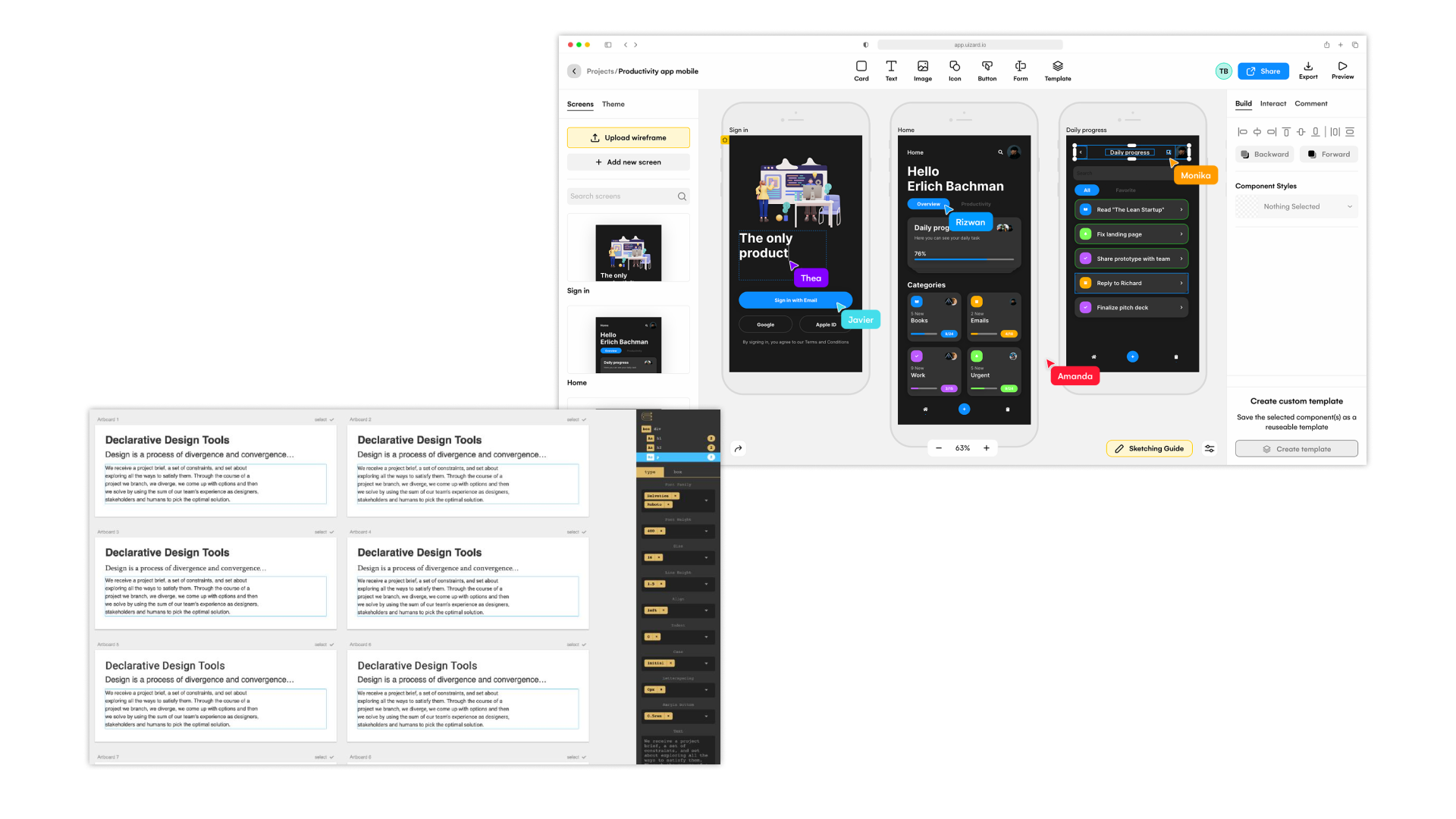
What tasks do neural networks solve in the field of design
Using Neural NetworksWhat tasks do neural networks solve in the field of design Using Neural Networks
Neural networks have not yet entered the industry as tightly as the usual software for creating mockups, graphics and animations. Recently, however, designers have begun to increasingly resort to ANN-based services. So, according to researchers from HubSpot, in the first quarter of 2023, neural network algorithms were used by 93% of web designers, which is much more compared to previous periods.
Consider the most common use cases for technology.
Automation
The daily work of a designer is not only the generation of creative ideas. Also, his responsibilities include creating design documentation, specifications, patterns and other components, which takes quite a lot of time and effort. Services based on neural networks can greatly simplify such tasks.
For example, they can automatically generate spec details such as font sizes, colors, and spacing, translate prototypes into specs, and even customize the display of elements based on the target platform—web, iOS, or Android.
Together, this allows you to significantly speed up the process of designing and creating functional mockups.
Generative design
The point of generative design is to quickly create variations of designs based on a single concept. To control the generation, the designer can set the parameters he needs: goals, restrictions, materials and permissions, after which the neural network will offer hundreds of unique implementation ideas in a matter of seconds. The capabilities of modern neural networks make it possible in this way to create not only individual icons, images and logos, but also full-fledged web pages for a simple text request.
Interestingly, generative design can be used not only in the creation of digital products such as websites or mobile applications. It is no less effective in architectural and industrial designs. For example, the largest American automobile corporation General Motors uses ANN when creating auto parts, combining several variants of parts into one, to obtain a new part that is 40% lighter and 20% stronger.

Building information architecture
Information architecture defines how content is presented on the pages of a website and mobile application. It helps users navigate the interface with ease and “tells” what actions to take to get the desired result.
Services using artificial intelligence based on neural networks are able to analyze the behavioral patterns of users, and based on this information, independently create visually attractive and logically effective information architectures.
Usability improvement
Neural network-based tools are able to independently conduct usability testing of digital products and determine how convenient they are for end users.
To achieve the most accurate results, ANN uses common behaviors, which allows UI / UX designers to create impressive interfaces with minimal time.
Filling mockups with text content
To fill mockup pages with text content, designers often use “lorem ipsum” – a random set of characters, which significantly complicates the perception of the design and communication with the client. To solve this situation, you can use text content generators based on neural networks, such as ChatGPT or Bard AI. They will help you instantly create a unique text of the required volume, which will fully correspond to the context of the page.
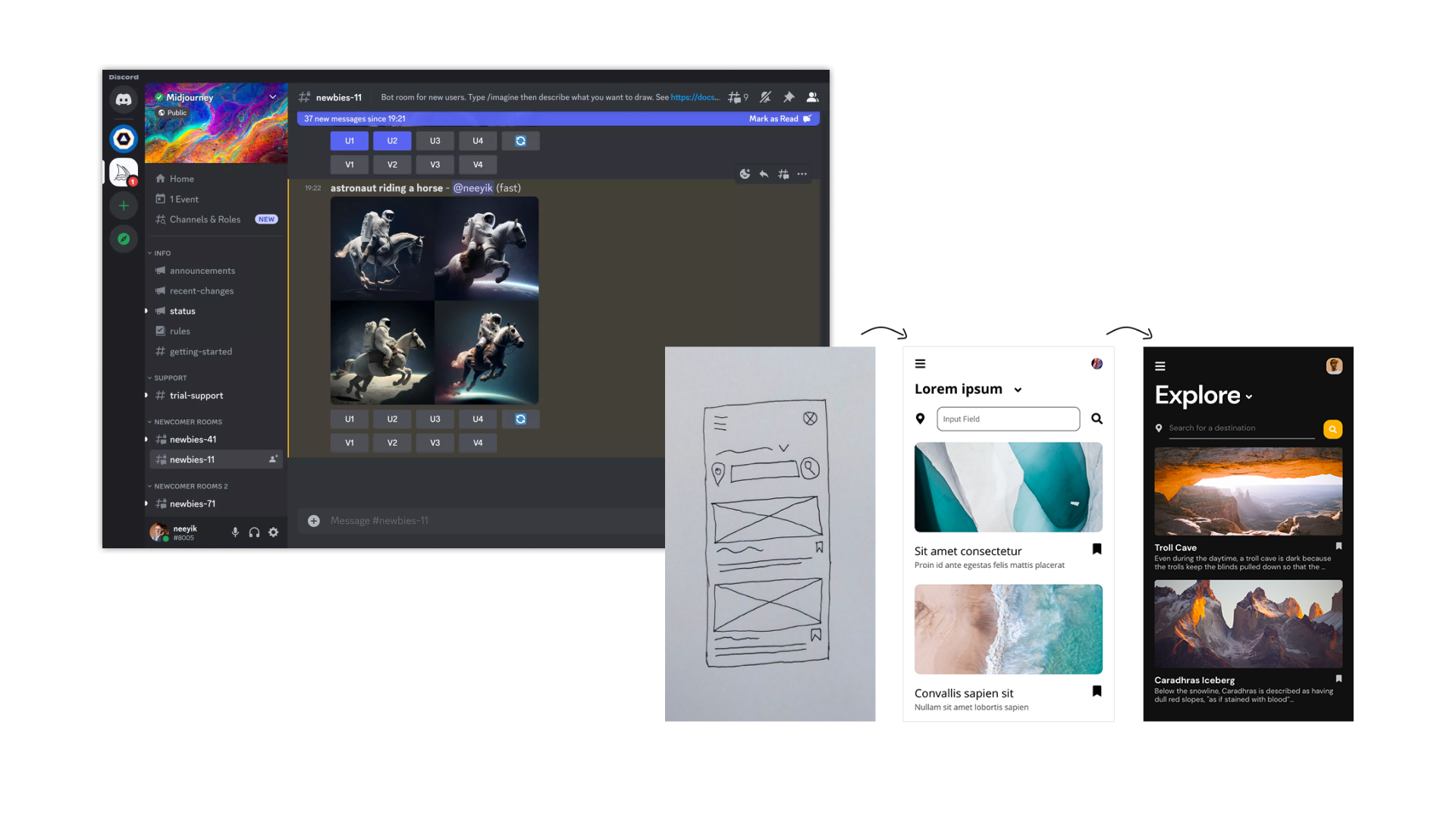
Development of neural networks for design in AVADA MEDIA
Development of neural networks for design in AVADA MEDIA
Today, neural networks are used at all stages of design creation – from designing and creating the first warframes, to generating graphic content and conducting usability tests. This combination of design experience and ANN’s innovative ideas allows you to achieve incredible results and create the most effective and convenient interfaces.
We select unique solutions for our clients’ problems and create innovative applications based on neural networks that will help improve the performance of your company.
Fresh works
We create space projectsFresh works
The best confirmation of our qualifications and professionalism are the stories of the success of our clients and the differences in their business before and after working with us.
Our clients
What they say about usOur clients What they say about us
Successful projects are created only by the team
Our teamSuccessful projects
are created only by the team Our team


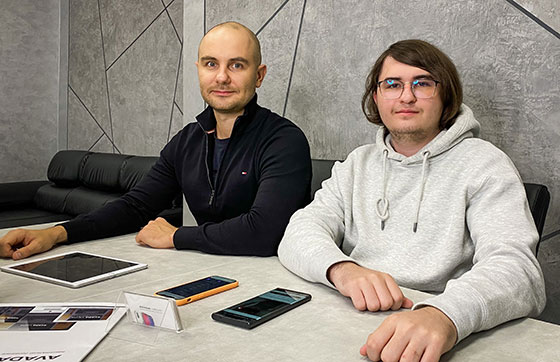
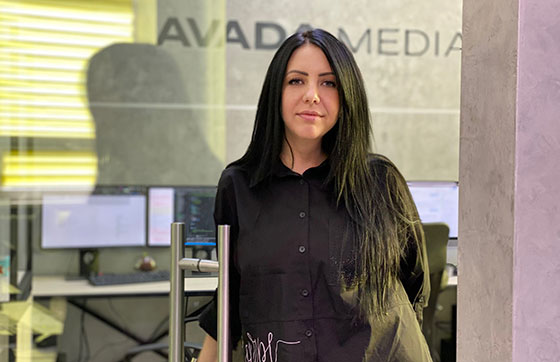
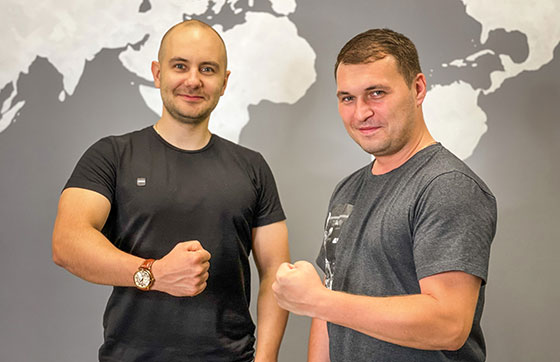







Contact the experts
Have a question?Contact the experts Have a question?
-
Phone:+ 38 (097) 036 29 32
-
E-mail:info@avada-media.com.ua
